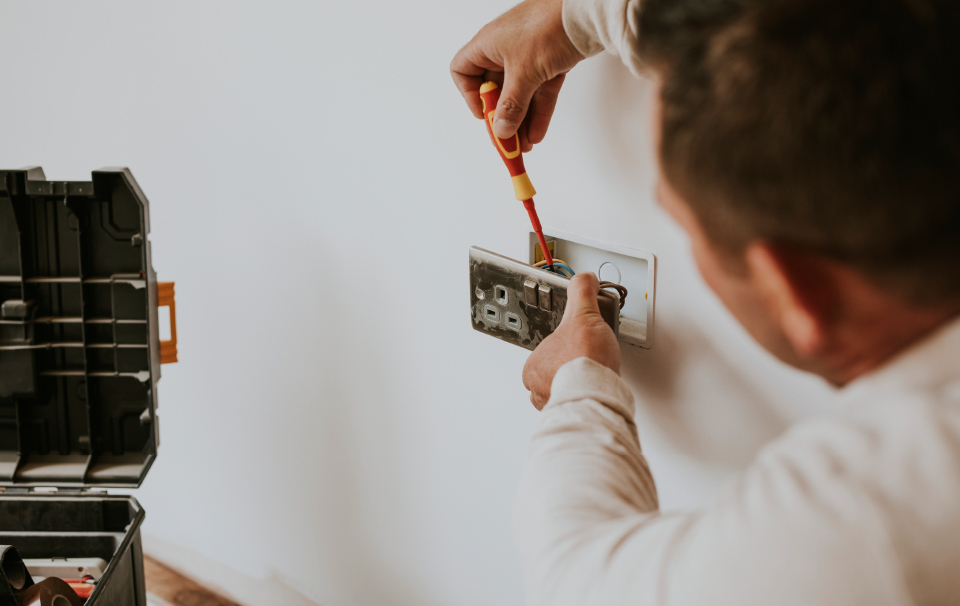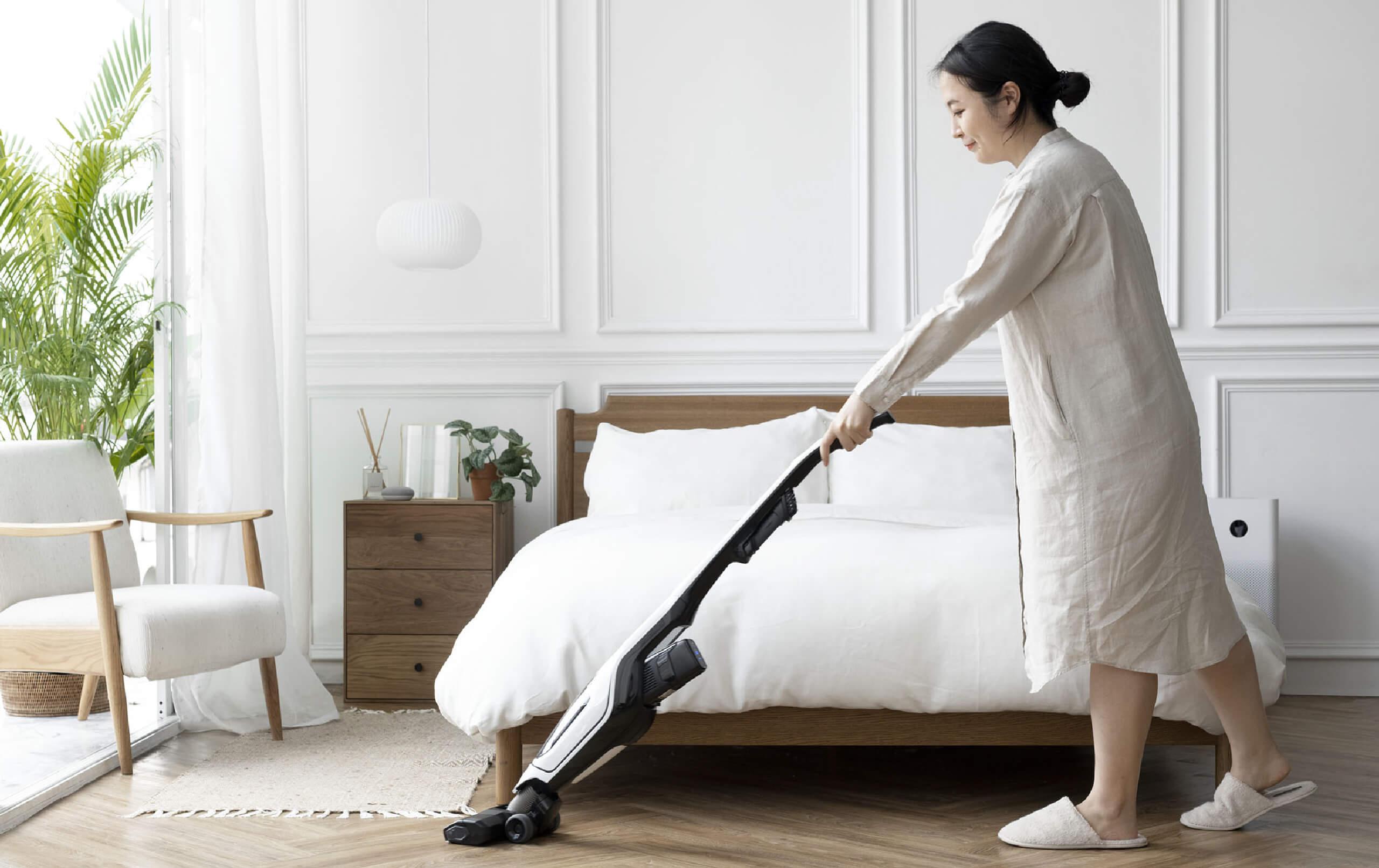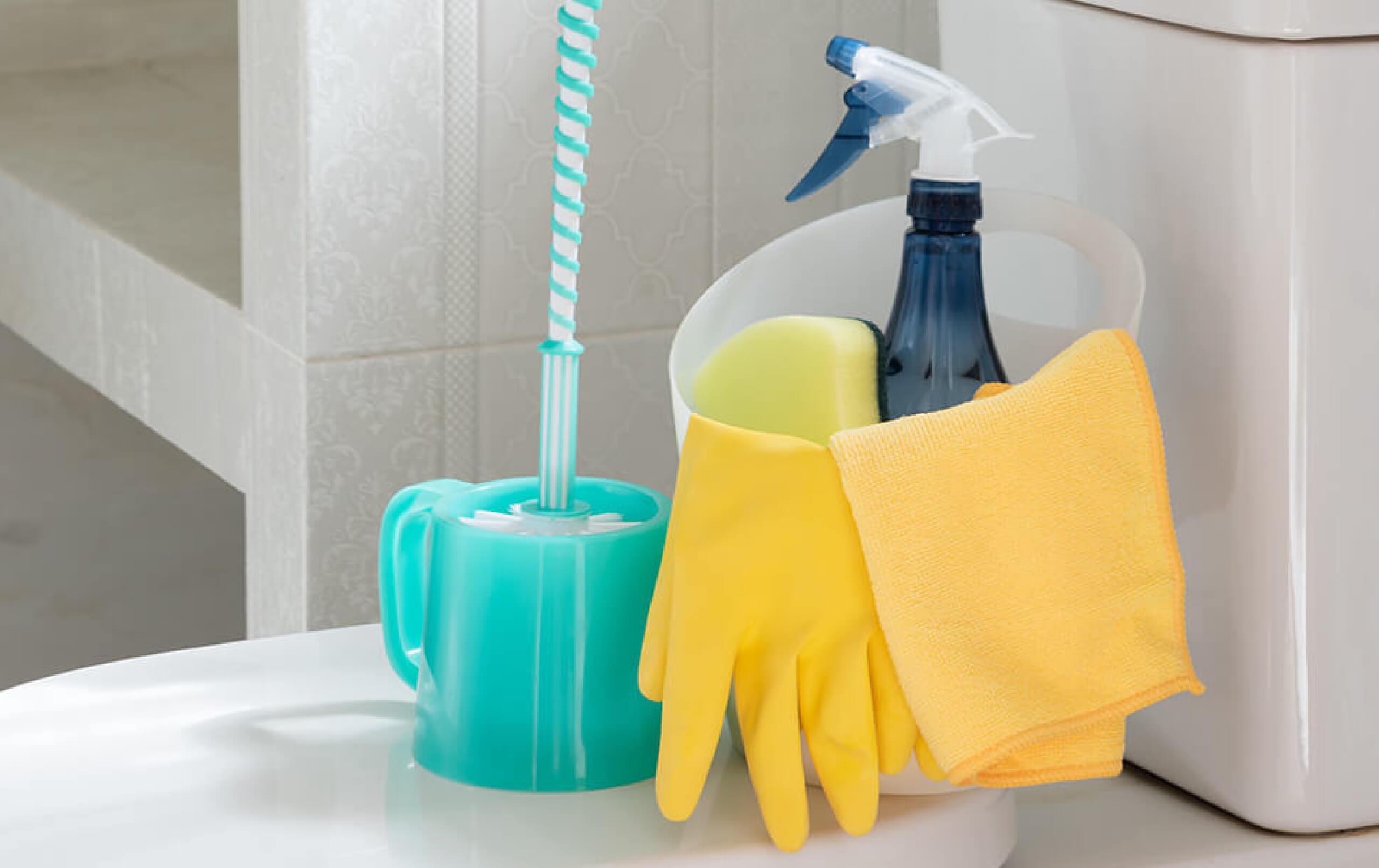Ultimate Winter-Ready Checklist
6 minute read
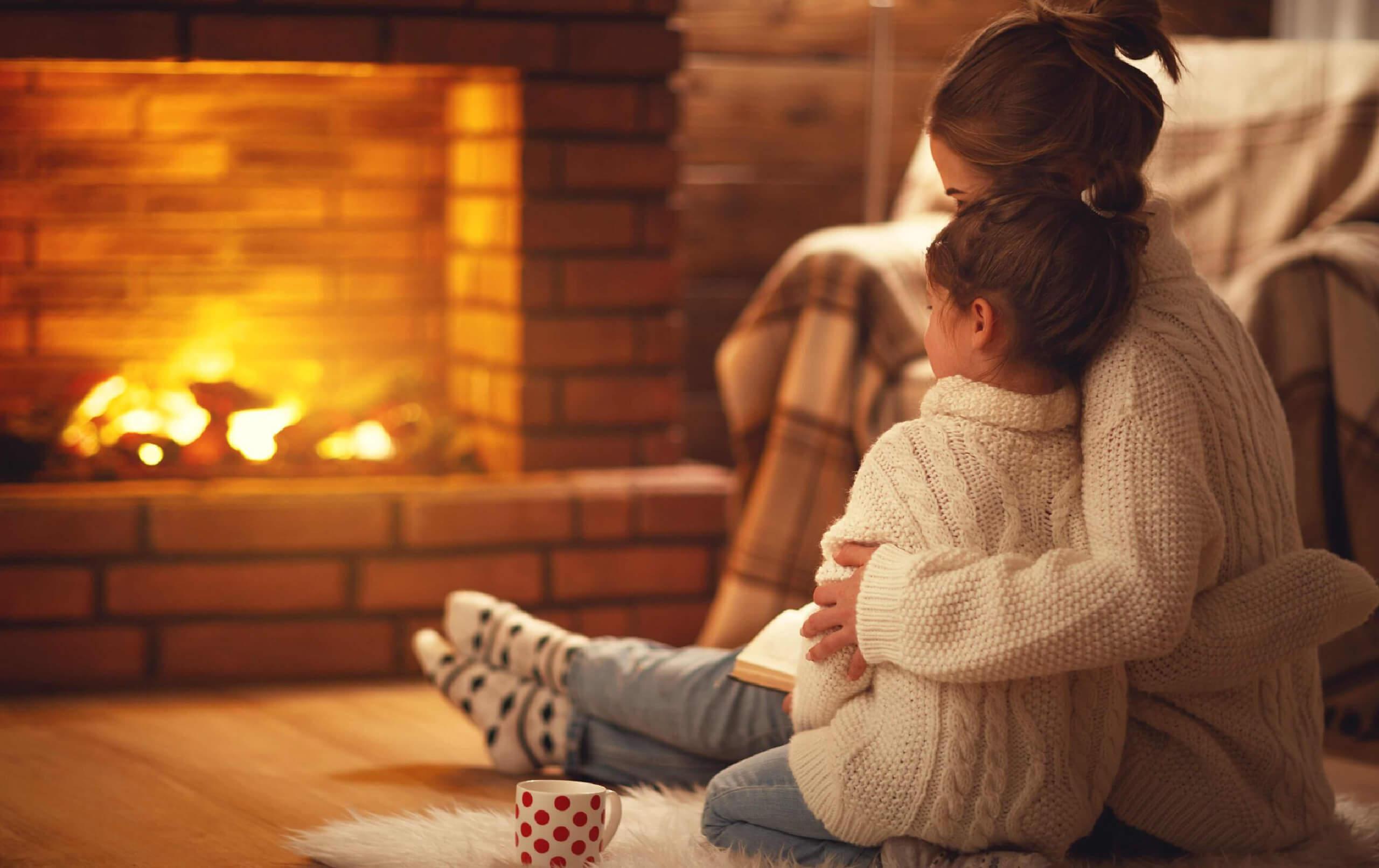
Winters are the perfect season to spend some quality time with loved ones by the fireplace. With fluffy snow (for some of us), cozy nights, and Christmas celebrations right around the corner, we all look forward to winters.
However, winters are more than just hanging lights, drinking hot cocoa, or watching reruns of our favorite Christmas movies. For homeowners, changing seasons also means gearing up our home to withstand frigid temperatures and snow. It’s important to ensure that our homes are ready to handle the strong winds, heavy snow, and sleet. By taking care of a few essential maintenance tasks before temperature drops, we ensure that our family remains warm & safe while avoiding costly repairs that can burn a hole in your pocket.
You’ll want to get ahead of the cold weather, so following a winter home maintenance checklist before winter arrives (early to mid-fall) is recommended. Having a comprehensive winter maintenance process will not only winterize your home and keep it protected but also lower your utility bills. Further, timely home maintenance enhances home market value, prevents unexpected damages, and ensures family safety too.
Here’s a list of essential to-dos that will help prepare your home for the winter months.
Let’s start with a quick video to help with winter home maintenance for first-time homeowners.
1. Set fans in reverse
Many homeowners are unaware that ceiling fans can spin in both directions and how easy it is to switch between them. Most ceiling fans have a simple switch to turn the fan blades’ direction. During winters, switch the fan in a clockwise direction on the lowest setting for warm air. This pushes the hot air downwards from the ceiling, making rooms cozier during colder months. This also reduces your energy consumption and decreases electricity bills.
Here is a short video on why and how to change your ceiling fan’s direction during winters for warm air circulation.
2. Check the HVAC
A key step in winterizing your home is to get your HVAC or furnace cleaned and serviced. Annual inspections by qualified professionals, filter replacements, and servicing the air ducts increase their service life and help avoid unforeseen breakdowns.
3. Clean the fireplace
If you use a fireplace, then this is the right time to clean it. Also, consider getting your chimney inspected and cleaned from a chimney sweep. Blocked flues can increase the risk of fires.
Additionally, make sure to inspect the carbon monoxide detectors and fire alarms.
4. Tune your home heating systems
A well-functioning home heating system is a must-have for winters. Before the temperature drops, ensure that all the home heating systems are running smoothly and can supply sufficient heat to keep your house warm.
PRO-TIP
higher-efficiency heating system, clean the debris and other obstructions from the PVC vent pipes.
Every heating system functions differently, and hence each of them has a different maintenance timespan.
- A boiler (hot water) system requires annual cleaning which involves checking for water pressure, cleaning soot, draining, or flushing the system, etc.
- A gas system requires cleaning every three years from a professional involving checking the filters, cleaning the blowers, replacing filters etc.
Seasonal maintenance of heating systems can improve their efficiency, maintain set temperatures keeping you warm and worry-free.
PRO-TIP
Change air filters from gas heating systems regularly to maintain good indoor air quality.
5. Prevent pipes from freezing
Winters bring harsh, freezing temperatures that can damage the pipes that run along the exterior walls. When the temperature starts to drop, the water within the pipes can freeze and expand; causing the pipes to burst. This puts you at a risk for water shortage or flooding. As part of your winter maintenance, insulate the pipes to prevent them from freezing over.
PRO-TIP
To prevent pipes freezing during winter, insulate them using foam rubber. Here is a video that explains how.
PRO-TIP
To thaw a frozen pipe, call a professional. They use thawing tools to defrost the ice without damaging the pipes.
6. Caulk the doors and windows
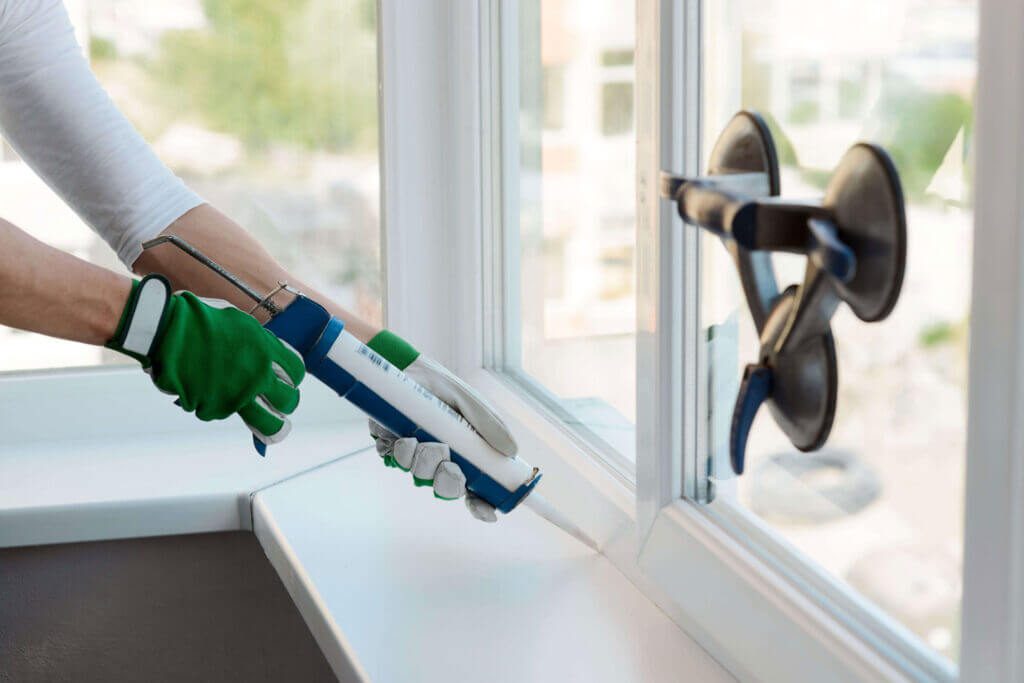
Ever thought of what drives up your winter bills, even after taking all the precautions? It is the little cracks or leaks around the doors and windows (which we often miss out on) that allow cold air to enter the room and run up your heating and electricity bills. To stop the drafts, insulate the windows and doors with weather stripping or caulking as needed and keep your home warm through the winters.
Use silicone caulk to reduce shrinkage and increase its life.
Here is a short guide on how to caulk your home windows.
7. Inspect the roof
Check your roof on a clear day before winter arrives. Inspect the roof for any damage, cracks or missing shingles that could lead to leaks from melting snow. Also, be sure to clear the debris or leaves from the roof.
8. Prevent ice dams
In icy winter temperatures and snow outside, ice dams are one of the most common and annoying problems. These ice dams can leak into the roof and damage ceilings. While winterizing, take necessary precautions by ensuring proper insulation and venting all over the roof, this will prevent ice dam formations.
Here is a quick video that will help you to understand how to identify and clear the ice dams.
9. Clean the gutters
A winter home maintenance checklist is incomplete without this step. Cleaning the gutters is also an important post-autumn activity as dried leaves, twigs, and other substances clog them. Clean gutters will enable rainwater/ snow to drain through, safeguarding your roof and insulation.
10. Test your sump pumps
Sump pumps are useful to prevent moisture, water buildup, flooding, and drains. Test the sump pumps for winter, otherwise, it could lead to water damage in the foundation or the basement. While you are testing the sump pumps, unplug the cords and check for any clogs or debris, too.
PRO-TIP
If you hear a humming sound while plugging in the pump cord, then it is working well. Do not forget to plug back all the cords after testing them.
Here is how you can winterize your sump pumps:
11. Prep a survival tool kit for winters
Lately, global warming is leading to a shift in seasons and an increase in severe weather. Winter storms and power outages are becoming a common phenomenon, which is why you want to consider preparing a winter survival kit for emergencies. It is always advisable to have a survival kit handy. Here is a list of essential things for a winter survival kit:
- Flashlights
- Batteries
- Non-perishable food items
- Blankets
- First-aid kit
- Emergency heating sources
- Portable radio
- Extra set of clothes
Here is a detailed list of a winter safety kit.
Some additional to-dos:
- Bring outdoor items, patio furniture inside.
- Inspect insulations on your exterior walls.
- Clear the dryer and vent the hose.
- Turn off the exterior faucets and lawn irrigation systems.
- Cut or trim away larger tree branches that could fall during a storm.
- For older adults, keep a thermometer inside the house to monitor the temperature.
- If travelling, carry extra food and an emergency car safety kit. Get the car serviced before winters, replace wiper fluid with a wintertime fluid mix, maintain proper air pressure in tires to drive on snow if needed.
Getting your home prepared for changing weather can ensure that you stay safe and warm during extreme temperatures. Having a thorough maintenance checklist will guarantee that you don’t miss out on important tasks, avoid surprise damages, and save energy – all while resting easy knowing your home is in top shape. Happy holidays!
















